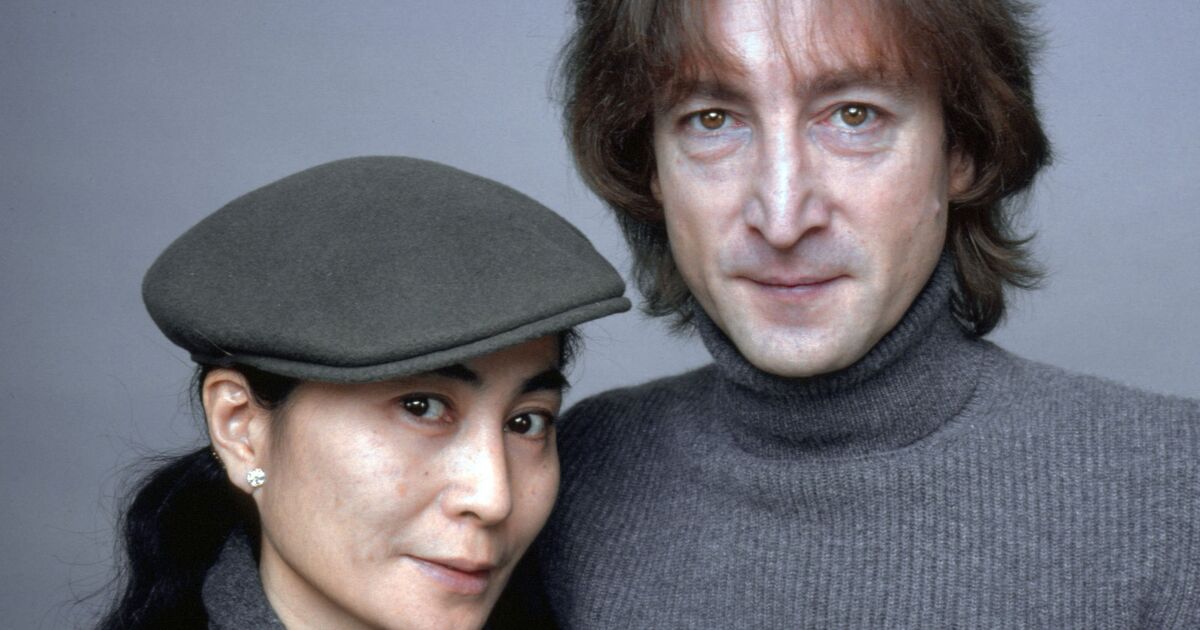In the summer of 1969, during major cultural and musical changes, a young music promoter from Toronto named John Brower had a bold idea. At just 22 years old, he wanted to create an unforgettable event in rock ‘n’ roll history
He wanted to bring rock legends like Chuck Berry, Little Richard, Bo Diddley, Jerry Lee Lewis, and others for a special concert called the Toronto Rock and Roll Revival.
Brower’s Rock Festival dream unfolds
Brower’s journey into big music productions began in Toronto’s vibrant music scene. With experience in organising concerts for major rock bands, he knew how to captivate audiences and push the boundaries of live performances. These early successes made him confident enough to dream of a huge festival that would honour the pioneers of rock ‘n’ roll and introduce their music to new fans.
The initial planning of the festival faced many obstacles. Brower had trouble selling tickets and ran into financial difficulties, borrowing money from unexpected sources, including a local motorcycle gang. Despite these issues, he teamed up with LA rock promoter Kim Fowley.
Under growing tension, Kim Fowley suggested asking John Lennon to join the festival. Lennon, wanting to explore beyond his Beatles past, saw the festival as a great chance. What started as an invite for Lennon to host quickly turned into a groundbreaking show by his new Plastic Ono Band with Yoko Ono, delivering one of her most unique and talked-about performances.
Plastic Ono Band’s provocative performance
The Plastic Ono Band’s performance lasted just 40 minutes, featuring mostly rock ‘n’ roll covers. Only one Beatles song, “Yer Blues,” was included. When John Lennon introduced his solo song “Cold Turkey,” the audience was silent.
That silence turned to discomfort during Yoko Ono’s two songs, which made up half the set. Sometimes performing from inside a bag, Ono delivered her signature yells and wails, which Voormann described as sounding painful.
Despite the mixed reactions, Voormann saw Ono’s performance as powerful protest art, similar to Jimi Hendrix’s rendition of the Star-Spangled Banner at Woodstock. However, most of the crowd didn’t get it.
What truly grabbed them was the moment the Plastic Ono Band took to the stage. Fowley suggested that the audience show their appreciation by lighting matches or lighters, creating a concert ritual that endures to this day.
Reviving legends, rocking generations
As the sun rose over Toronto’s Varsity Stadium, excitement filled the air. Music enthusiasts came together, eager to witness history. Legends like Little Richard and Bo Diddley performed with amazing energy, impressing the audience and proving their iconic status.
Whilst these rock pioneers wowed the crowd, new bands brought surprises. Alice Cooper’s then-unknown group put on a daring show that ended with a live chicken incident. The media frenzy that followed made Cooper and his band famous, marking them as pioneers of shock rock and pop culture provocateurs.
Throughout the event, John Brower faced many challenges but worked hard to keep the show going. He never gave up.
His hard work was captured in the documentary “Revival69: The Concert That Rocked the World,” which shows the impact of this important event, even though Woodstock received more attention.
Looking back years later, Brower said he expected something small, like a caterpillar, but it turned into something big, like a butterfly.
The event brought new life to many rock legends and set the stage for future music festivals. The performances and the lasting cultural impact prove how powerful music can be across generations and styles.
As the sun set on that September day in 1969, the Toronto Rock and Roll Revival made a huge mark on music history. It opened the door for new musical styles and secured its place as a key moment in rock ‘n’ roll. Its impact continues to inspire, showing how pushing boundaries can change music for ever.










